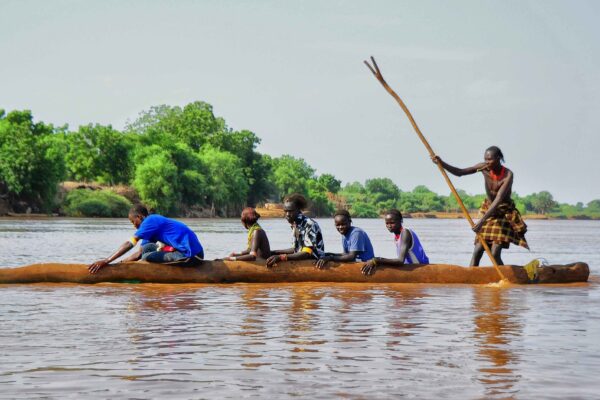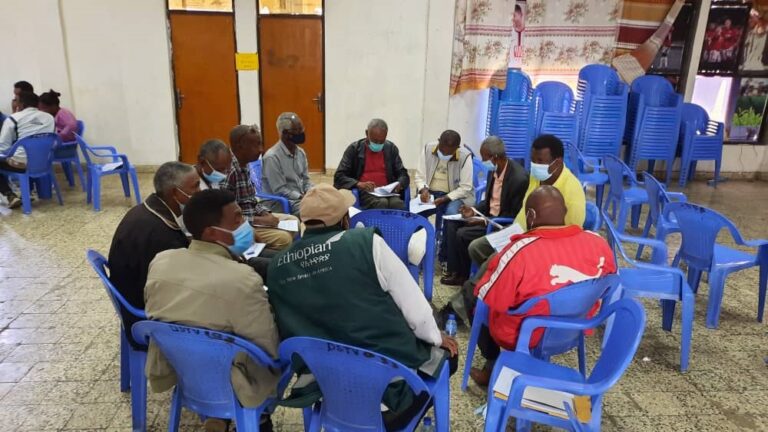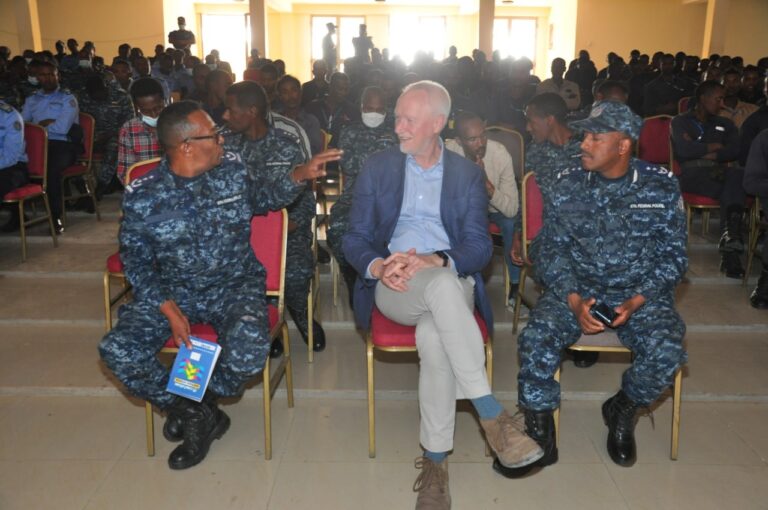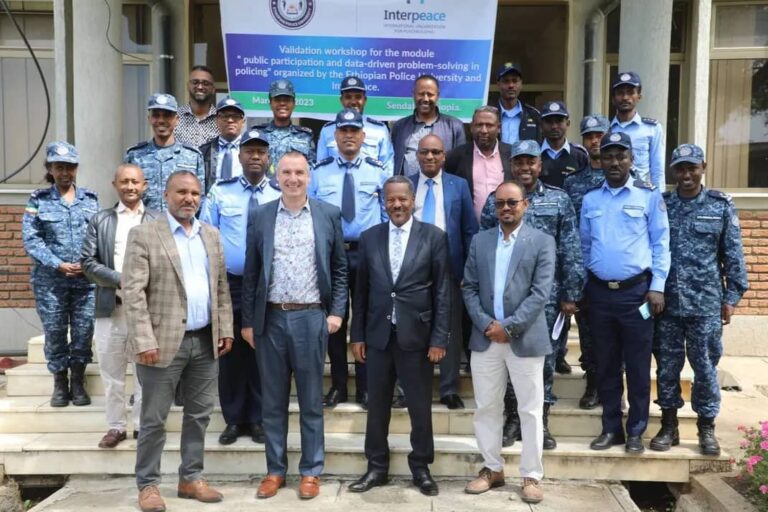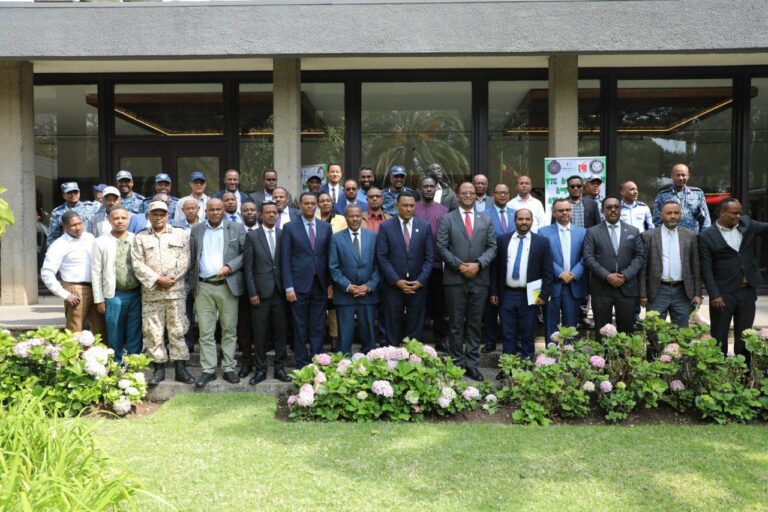Ethiopia is the second most populous country in Africa – about 120 million people inhabiting the country, with roughly 70 percent of them under the age of 29.
Ethiopian Prime Minister Abiy Ahmed came to power in 2018, following protests in many parts of the country. His domestic reforms coupled with the rapprochement with Eritrea made him the recipient of the 2019 Nobel Peace Prize.
However, since the Tigray war in November 2020, Ethiopia’s political and security situation has continued to deteriorate with millions of citizens displaced from their homes, thousands killed and growing economic challenges. The continued conflict is threatening the perspective of sustainable peace and democratic gains achieved thus far.
Active in Ethiopia since 2019, Interpeace has signed MoU with Ministry of Peace (MoP) and currently works on two projects: To support the reform of the police - one of the main components of the Ethiopian Government’s ‘Peace Policy and Strategy Framework’ - and work on an Ethiopian Peace Index.
